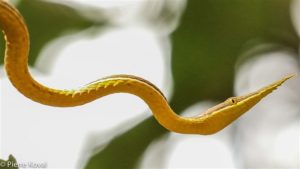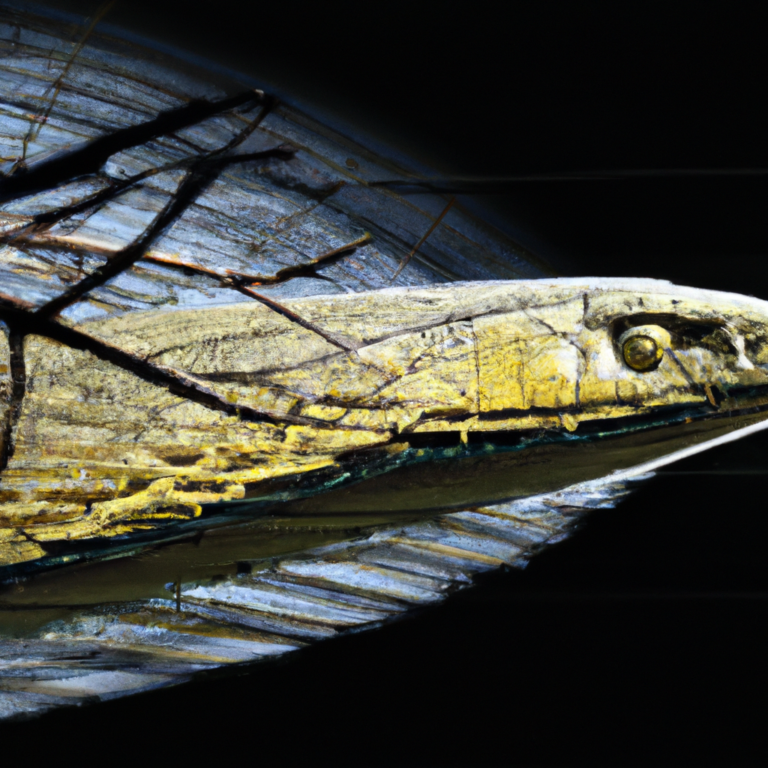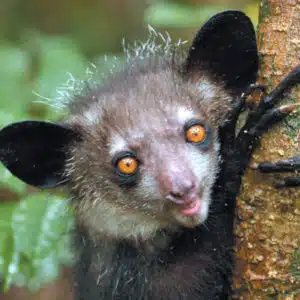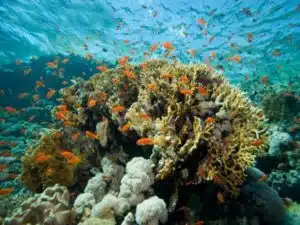Langaha madagascariensis: the only endemic venomous snake from Madagascar.
Madagascar is known for its exceptional fauna, and reptiles (snakes, lizards, and chameleons) are no exception.

Among the most feared creatures on Earth, snakes are often the most dreaded, good news for our ophiophobic readers:
In Madagascar, there are no snakes that are dangerous to humans.
Four families are represented on the island, divided into more than 80 species, from the Boas to the lesser-known Typhlopidae and Xenotyphlopidae (small worm-like underground snakes).
In 2010, 12 previously unknown snake species were identified in the Makay, expanding their distribution range.
223 years after the first research on the genus Langaha madagascariensis, the Department of Ecology and Evolutionary Biology at Cornell University, New York, has resumed the current study.
The research conducted by Jessica Tingle evaluates the behavioral ecology of this species in its environment.
The study confirmed that Langaha madagascariensis is an endemic species of the Big Island. Although first described in 1790, there is little literature on the ecology or behavior of the species.
The aim of this study is to gather information on the natural history of the snake through observation of wild specimens.
The study took place in the rapidly disappearing forest along the coast in southern Madagascar. The observations from this study will help shed light on the feeding, nutrition, and movement behavior of Langaha Madagascariensis.
The renowned Swiss venomous snake specialist Jean Garzoni. The founder of the Vivarium in Lausanne and world-renowned herpetologist and venomous snake specialist led an expedition to Madagascar about ten years ago with his team from Lausanne. I had the honor of personally discussing this fascinating snake species with him and the Swiss team on multiple occasions during the expedition.
In terms of feeding behavior, it was found that Langaha M. primarily specialized in an immobile and waiting hunting strategy, although it has been observed actively pursuing prey on some occasions.
These observations shed light on a little-studied aspect of snake behavior.
Throwing light on a snake species facing high habitat loss.
It is worth noting that this species is endemic to Madagascar. It is a snake species from the Lamprophiidae family.
Leaf-nosed snakes live in very diverse habitats, ranging from the rainforests to the dry forests in the west, but they are absent in the highlands.
Due to their extremely good camouflage, their population is difficult to assess, making it impossible to determine their conservation status.

At dusk, the Langaha snakes begin to hunt, but even then their behavior is immobile, they wait until their prey is within reach and then strike quickly.
These snakes feed almost exclusively on frogs, small iguanas, lizards, and other reptiles, with lizards apparently being their main source of food.
Although Leaf-nosed snakes have venomous fangs, making them the only venomous snake species in Madagascar, these fangs are located.
These Langaha snakes are located deep in the back of the throat and cannot reach any part of a human body, making them completely harmless to humans. They are also not aggressive and can be handled without any issues.
Their venom is at worst as annoying as a wasp sting, but not dangerous in any way.
Mating occurs at the beginning of the rainy season, with the female laying up to 10 soft-shelled small eggs in the moist foliage.
The young Langaha snakes hatch about 2 months later. These snakes seem to only hatch at night, with their thin “beak” bent upwards and taking its final form in the following hours.
From the moment of laying eggs, adult snakes no longer care for the eggs or the hatched young, which become completely autonomous after hatching.
The tiny leaf-nosed snakes weigh only about 2 grams and are therefore protected from other snakes or prey only by their perfect camouflage.
The young snakes are either pressed tightly against branches of the same color or sometimes mimic fruits of trees by assuming the same vertical position as the pods of the trees.
Observations of the Langaha Madagascariensis can be made in Ankarafantsika, Lokobe, Kirindy, Zombitse Vohibasia, and in Ankanin’ny Nofy, but they are also possible in other areas. Good guides are difficult to find. In captivity, you can observe them at Pereiras Reserve on the way to Andasibe and at the Crocodile Farm in Antananarivo. Visit Pereiras Reserve and Andasibe for a chance to see them up close.







